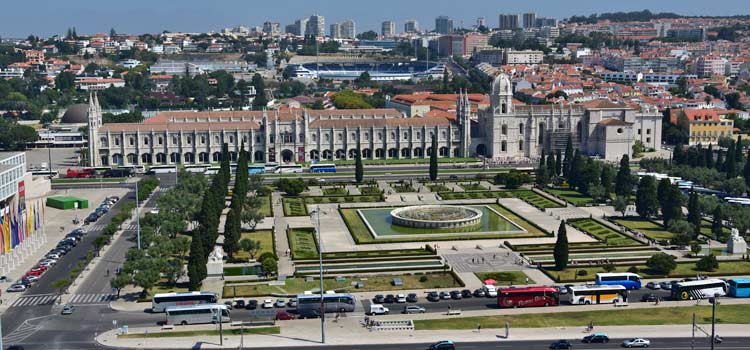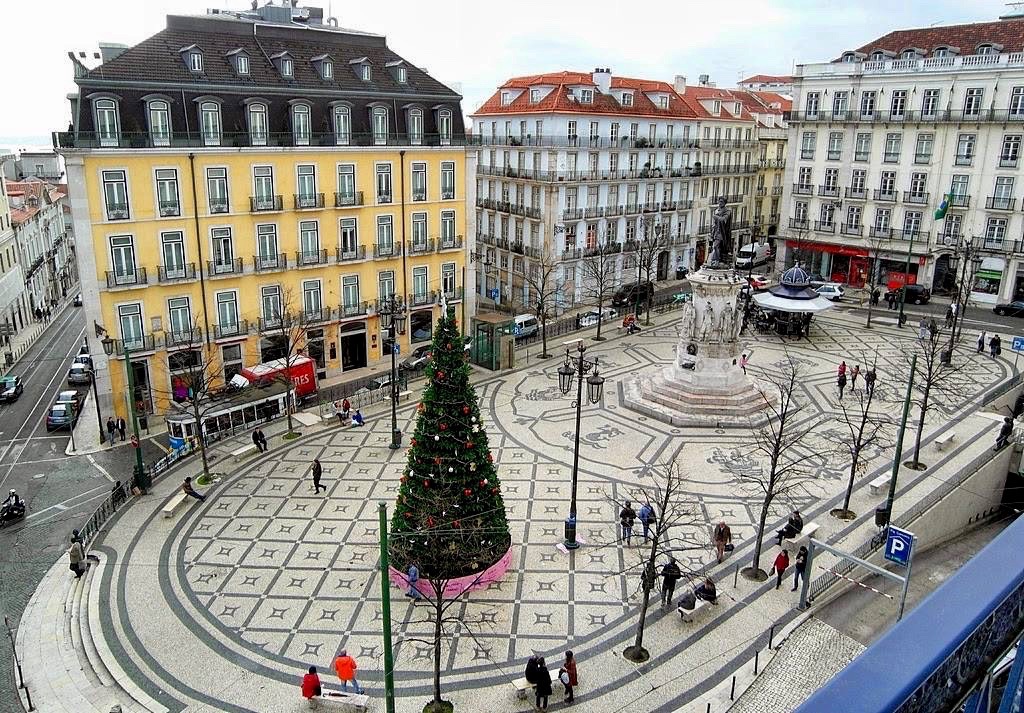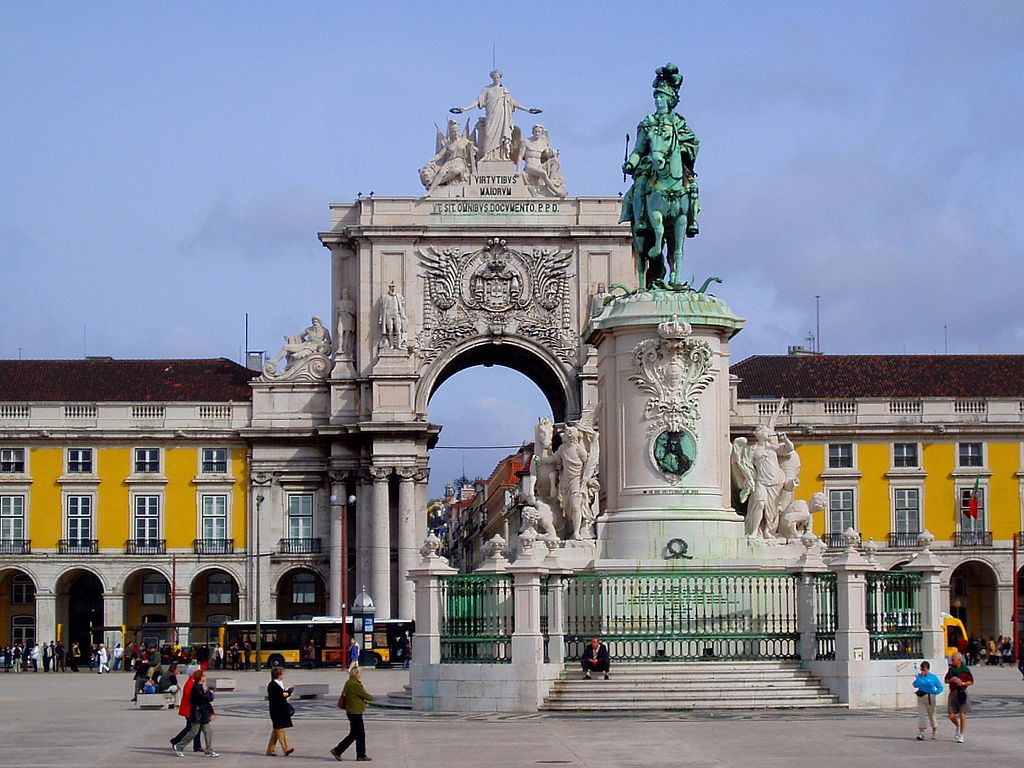
About Lisbon
Lisbon is the stunning capital city of Portugal, and is one of the most charismatic and vibrant cities of Western Europe. It is a city that effortlessly blends traditional heritage, with striking modernism and progressive thinking
As a holiday destination, Lisbon offers a rich and varied history, lively nightlife and is blessed with a glorious year-round climate.
 |
 |
The historical city of Lisbon carries many colorful legends. With its fado music, its colors and accent, Lisbon is a friendly and tolerant city by tradition. An amalgam of 800 years of cultural influences mingle with modern trends and life style, creating intricate and spectacular contrasts. Spread across seven hills always opening a window towards the majestic Tagus River. With its heart and soul in the Mediterranean and a history linked to the Atlantic, Lisbon is one of Europe’s most intriguing cities. This is the city from where the great explorers set off to discover new continents in the 15th century, and continues as visionary and as cosmopolitan today; its monuments and stunning architecture is now the backdrop to vibrant creativity, culture and business.

|
Lisbon is rich in architecture: Romanesque, Gothic, Manueline, Baroque, Modern and Postmodern constructions can be found all over Lisbon. The oldest district of Lisbon spreads down the southern slope from the Castle of São Jorge to the River Tagus. The city is also crossed by historical boulevards and monuments along the main thoroughfares, notable among these are the Avenida da Liberdade (Avenue of Liberty), Avenida Fontes Pereira de Melo, Avenida Almirante Reis and Avenida da República.
 |
 |
 For
more information about the city please visit the following webpages:
For
more information about the city please visit the following webpages:
Travel to Lisbon
Arriving to Lisbon by Airplane
Lisbon Airport is the main international airport of Portugal and provides direct connections to all major European cities, via the established airlines or the no thrill, low-cost alternatives. The airport itself is conveniently located within the city limits, and onward travel is extremely easy by taking either the metro or Aerobus bus service.
Arriving to Lisbon by Train
The main train stations in Lisbon are: “Estação de Stª Apolónia” and “Estação do Oriente”, with national and international connections (Lisbon-Madrid-Paris and Lisbon-Porto-Vigo). Connection to the metro lines exist at both stations (“Stª Apolónia – Blue line” and “Oriente” – Red line)
Arriving to Lisbon by Car
Traffic drive on the right in Portugal and international traffic signs are used. The minimum age for driving is 18 years old. Speed limits are: 120 km/h (75 miles/h) on highways, 90 km/h (60 miles/h) on roads and 50 km/h (30 miles/h) in urban areas.
Public Transportation
Public transports need electronic reusable cards called “7Colinas” or “Viva Viagem”. These cards can be bought in vending machines inside Metro Stations and you can buy trips or load money on the card.
Fares:
Websites:
(you need to buy trips in machines inside the Metro stations)
General Information
- Emergency Phone Number: 112
- Time Zone: GMT/UTC +1 in Summer
- Electricity: 230 V, 50Hz
- Power Sockets: Type F (Schuko), also works with plug C and plug E
- T
For more information please visit
http://www.lisbon-airport.com/.









